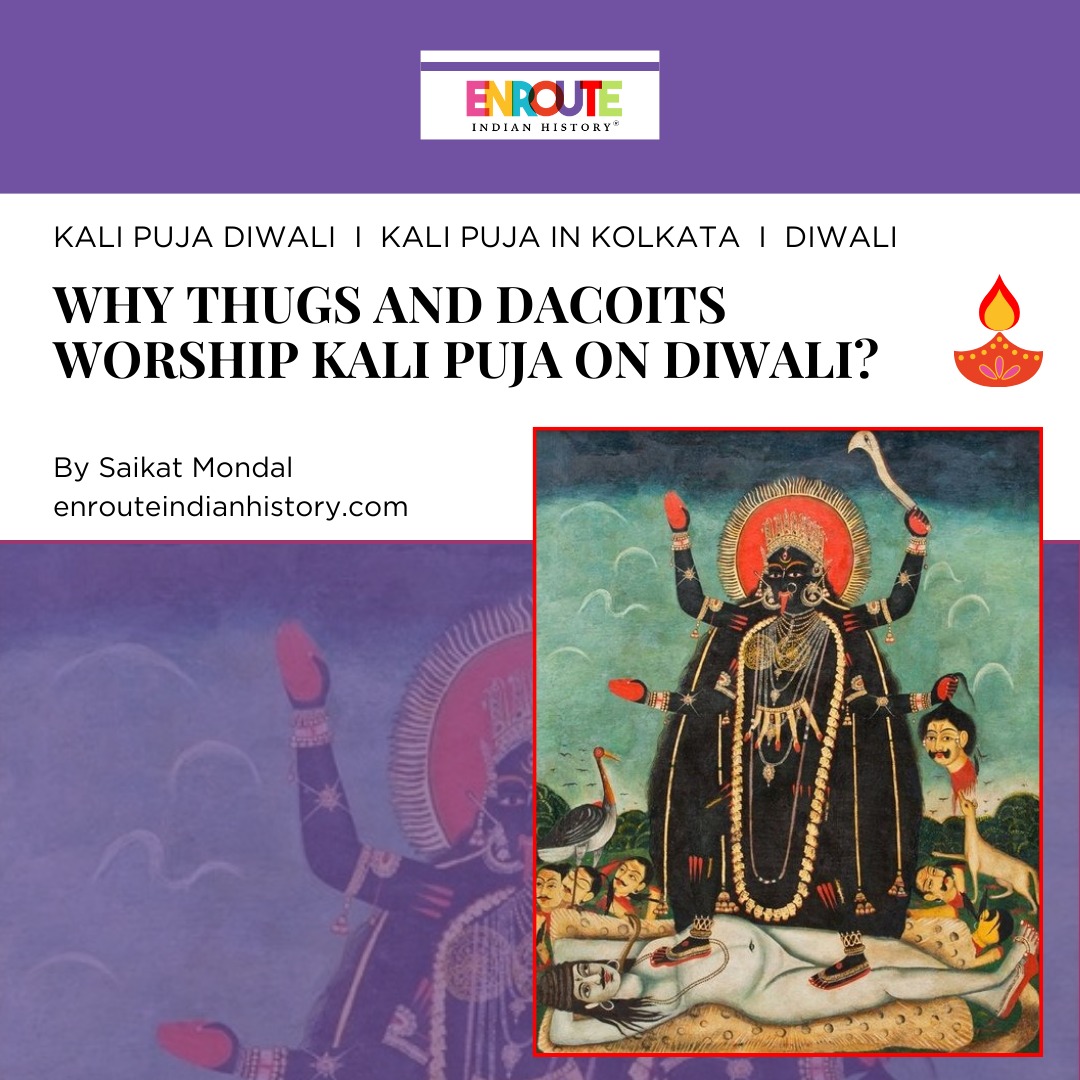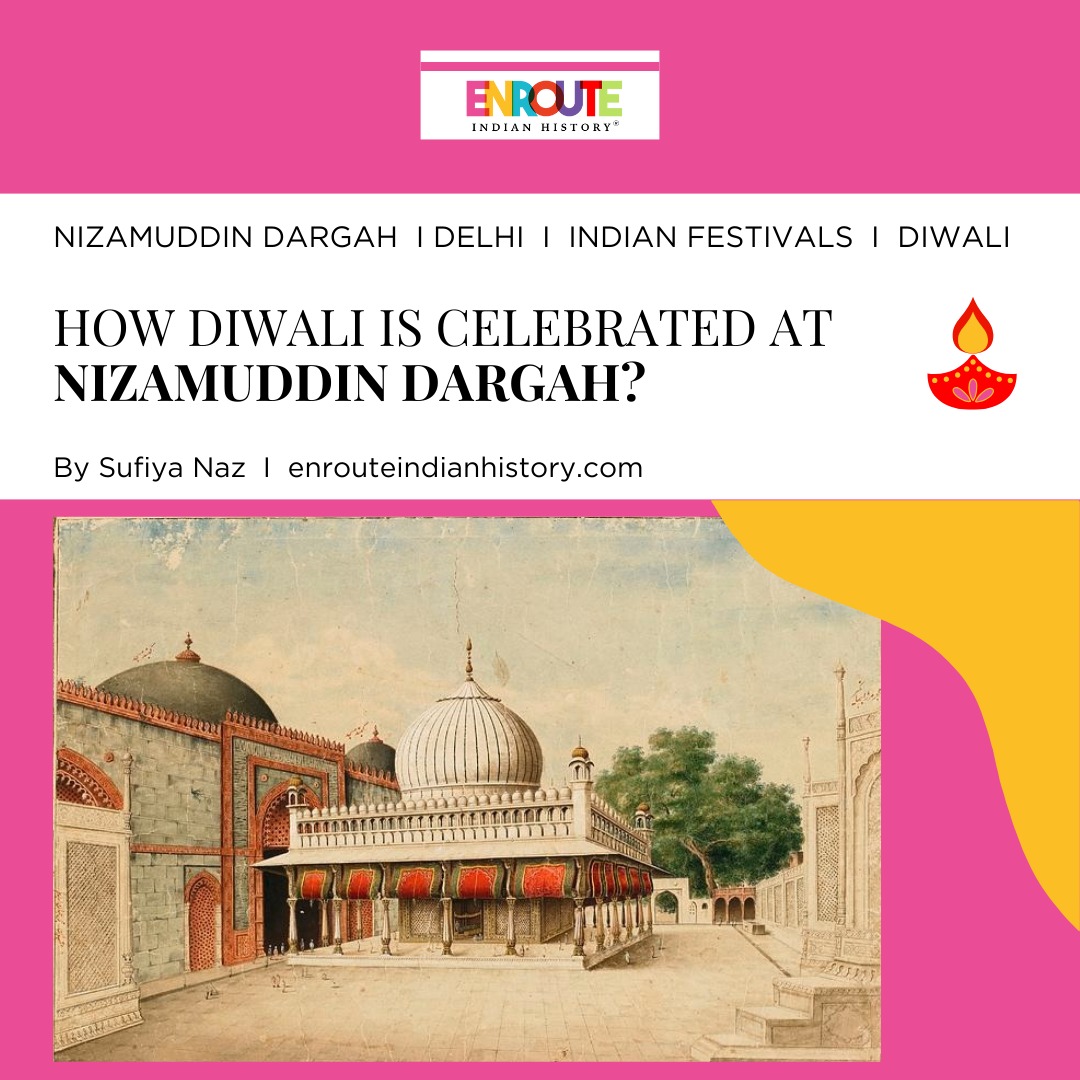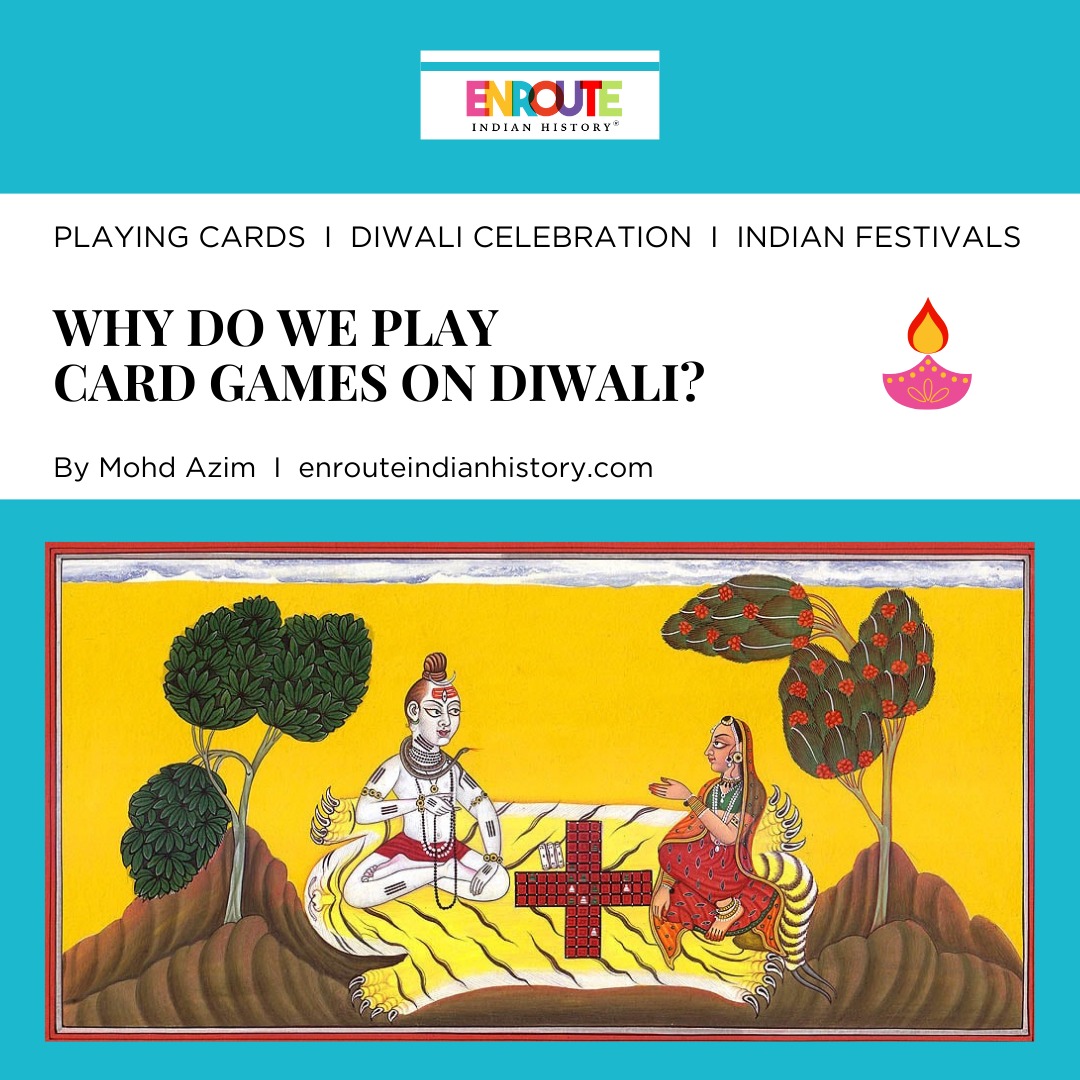
Each year on the day preceding Diwali it was customary to visit my maternal grandmother’s home in Nathdwara to witness the frenzy of gwala playing with painted cows at Rasila Chowk and the crowd hooting hails of “Giriraj”(the king of the hills). Unaware of its cultural connotations it was a spectacular view of colors, sounds of bells tied to the cows and calves, and faith.
Falling in the month of Kartik, on the first of “Shukla Paksha Pratipada” Govardhan Puja or Ann akut is celebrated across Braj with great jubilation. The festival has a historical association to the agrarian economy of Northern India. The deity Girraj, Goverdhan or Krishna is an essential leitmotif depicting fertility and ecocentrism. The festival centers on the episode of Govardhana-Dharana from Harivamsa and the Vishnu Purana. According to these texts, the cowherders Krishna-Gopal persuades his village folk to abandon the cult of the vedic god Indra and worship the hills and cows who are providers of the agrarian economy. The Bhagavata Purana states that following the anger of Indra resulting in floods, Krishna ‘plucked the
mountain as a child plucks a flower’. It is this iconography of Krishna that manifests in the “svarup” or form of Govardhan or “Sri Nathji” as depicted in pichwai paintings. The legend of Govardhan-Dharan manifests in the hill-like bhog that is made from the feast. ISKCON temples, people from northern India and Diasporic communities around the globe celebrate this festival with great exhilaration. However, Annakut at Nathdwara inhabits a frenzy that makes the celebration stand out.
Nathdwara – A City of Faith
Vallabh Bhatt was a Telangana Brahmin. In his pilgrimage across the subcontinent, he had a vision or dream in 1493 CE that Krishna had appeared in a cave in the Govardhan hills in the Swaroop of Shri Nathji. When he reached the hill he found a farmer named Sadu Pandey immersed in devotion to an arm of Sri Nathji that emancipated from the ground of the hill. The traditional stories also narrate that the hand was being bathed by the milk of a holy cow. The Milan (meeting) of Krishna and Vallabh is widely celebrated in bhajans and pichwai of Mewar region. The cult of Sri Nathji is called Pushtimarg. It prospered under the successors of Vallabhacharya, Vitthalnath, Sri Giridharji, and Shri Damodarji. The destruction of various shrines in the Northern plains under Aurangzeb forced the successors of the cult to find a new abode for the Swaroop. Shrinathji prakatya ki varta (Chronicles of Shreenathji) narrates this quest of the cult and their deity. In S. 1728 (i.e.1617 AD) in the Aravali hills of Rajasthan, a temple was built and the land was named Nathdwara (The door to Nath or Krishna).

Annakuta Festival, unknown artist, late 18th century. This annual festival is observed by donating a mountain of food, usually rice, to the temple to symbolise the moment Krishna lifted Mount Govardhan to protect his villagers. British Museum
Rituals associated with Ankut / Annakut at Nathdwara
Usually in Braj as well as Northern India, the festival is celebrated with the making of an anthropomorphic depiction of Sri Nathji with cow dung. This is a replica of the Govardhan Parvat which is embellished with models of animals and the deities Gauri and Ganesha. Before these replicas, the women of the household offer the prepared dishes. This display is called Annakut. The bhajan is sung in praise of Sri Girraj and is known as abhira song. In many Bihari and Bengali bhajans around Annakut, the bhajjan even includes calling names and swearing, and colloquial language. One of the popular bhajan while recounting the greatness of Krishna says, “sab devo ka dev Prabhu, Braj me vah gali khaye!” (The lord who is celebrated in the world, is abused in Braj). This colloquial tradition highlights the polyphonic image of Krishna in different customs and how his iconography remains about the people of braj.

The head priest (Tilakayat) Govardhanlalji makes offerings to Shrinathji, by Ghasiram Sharma (1869-1931). Cleveland Museum of Art
Chappan bhog
The morning darshan is called the Shringar Darshan at the haveli. The idol is dressed in vibrant attire by the priest. Classical bhajans played on Veena celebrate various legends of Krishna-leela including the Govardhana-Dharana, raasleela and his wandering as a cow herder in braj. The display of the various foods presented before Girraj at the haveli of Shri Nathji includes the feast called Chappan Bhog. The legend of Govardhan-Dharan mentions that it was for seven days that Krishna held the mountain and he missed his eight daily meals. 56 is therefore the number of meals presented to Giraj ; 8 meals in seven days. These meals include a long list of sweet dishes like makhaan-mishri, ghewar, rabri, kheer , sabji along with varieties of Puri and chapati and even paan. These are later distributed as prasad amongst the devotees. Apart from the temple of Nathdwara, ISKCON temple and Jagannath Puri at Odisha also share this ritual of Chappan Bhog.
The Play of Cow and Gawlas
On the morning of Govardhan-Puja festival Nathwara celebrates the frenzy of Diwali and New year with a play of cows of the Gaushala and men dressed as gavalas (cowherders). Thousands of spectators peek through the windows and terraces of their host houses as standing on the streets comes with the risk of a cow running into you. The cows are brought from the Nathuwas Gaushala to the Govinda Chowk and then they proceed towards the haveli of Shri Nathji. The legends goes that these cows belong to Nand Vansh and were tended by Krishna himself in pre- vedic era. The Play includes gugra (an instrument that produces a bell like sound) being played before the cows by the Gwalas to provoke them. Often the consequences include the gwala being flung and slammed down to the ground. The cows of the Nathuwas Gaushala are embellished with peacock feathers and painted with various motifs. Visitors and tourists consider them to be a form of Krishna in braj.

Pichhwai for the Festival of Cows, late 18th century, Aurangabad(?), painted and printed gold and silver leaf and opaque watercolor on indigo-dyed cotton.
The loot
The day ends with looting of the bhog. Various tribal communities, locally called Bhil are assembled from places around Nathdwara to loot the bhog in poteries and tattered clothes. The rice which is a part of the bhog is often seen as a marker of prosperity and is kept in puja ghar and tijori or lockers of houses. Hails of “Girraj-Dharan ji jai” and “Puchri ka lauthan” resonate throughout the whole town at midnight. While the former celebrates the episode of the bearing of the mountain, the latter hails a brijwasi named Puchri, who awaited the return of Krishna at the Govardhan hill.
Govardhan Puja is an inseparable part of the cultural matrix of Nathdwara. The legends of Krishna-leela and Govardhana-Dharana have seeped into the art and oral culture of the town. Every year in the month of Diwali, the retelling of these legends mark the beginning of the new year. Faith intermingled with pichwai, the bhajans from the haveli and the craftsmanship of the Town.
References-
Attraction Near By Shri Nathdwara (Everyday Is Here Celebrated In A Grand Style ). (2015, March 4). Nathdwara Town. https://nathdwaratown.wordpress.com/attraction-near-by-shri-nathdwara-everyday-is-here-celebrated-in-a-grand-style/
इस्कॉन टेंपल में गोवर्धन पूजा, भजन और कीर्तन में उमड़े हजारों लोग. (n.d.). Amar Ujala. Retrieved November 5, 2023, from https://www.amarujala.com/chandigarh/goverdhan-puja-celebration-in-isckon-temple-chandigarh
Richardson, E. A. (2014). Seeing Krishna in America: The Hindu Bhakti Tradition of Vallabhacharya in India and Its Movement to the West. In Google Books. McFarland, 20-25. https://books.google.co.in/books?id=BWQMBAAAQBAJ&redir_esc=y
Sengar, R. S. (n.d.). Why Lord Krishna is offered a feast of 56 meals and where to find it? The Times of India. Retrieved November 5, 2023, from https://timesofindia.indiatimes.com/travel/eating-out/why-lord-krishna-is-offered-a-feast-of-56-meals-and-where-to-find-it/articleshow/70817043.cmsVaudeville, C. (1980). The Govardhan Myth in Northern India. Indo-Iranian Journal, 22(1), 1–45. https://www.jstor.org/stable/24653386























